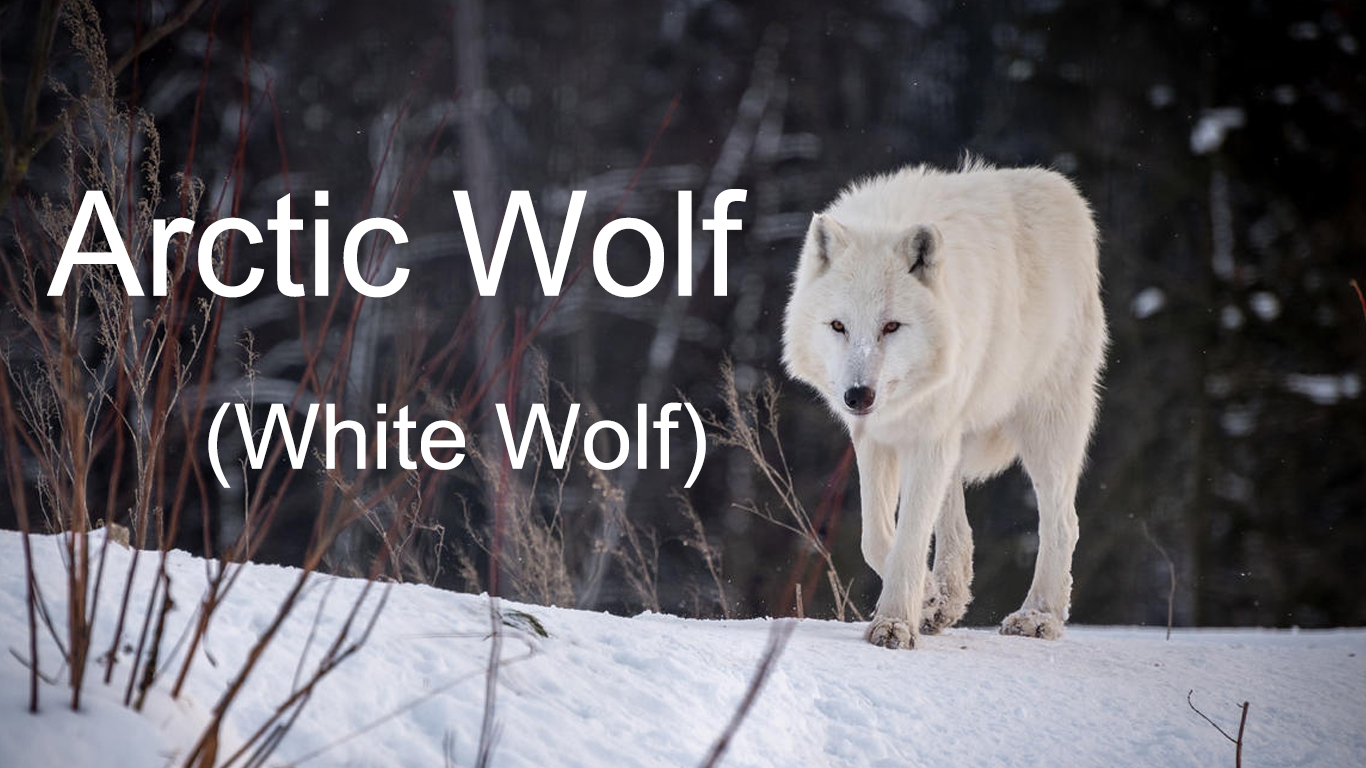Cart
Arctic Wolf

The arctic wolf is an animal of the far north. They spend their entire lives above the northern forest line of the arctic tundra in North America and Greenland.
ARCTIC WOLF DESCRIPTION
The arctic wolf, also known as the white wolf or polar wolf, is a large wolf family that lives in polar regions. The arctic wolf is a highly intelligent and adaptable animal that migrates and adapts to changes in its environment and is one of the major predators in the polar region.
Arctic wolves are found mainly in the arctic region, both within the arctic circle and in subarctic areas near the arctic circle. Due to the special climate in the polar region, the living environment of the arctic wolf is very harsh. In order to adapt to this environment, the arctic wolf has its own unique way of action and living habits. Here are some typical habits of arctic wolves:
ARCTIC WOLF HABITAT
ARCTIC WOLF SPECIES
The arctic wolf is different from other wolves in many ways, which makes it one of the major predators in the polar environment. Here are some typical features of arctic wolves: Arctic wolves are relatively large, reaching 1.5 meters in length and weighing up to 65 kilograms. This size also makes them better adapted to the harsh polar environment.
Arctic wolves usually have white fur, which is why they are called white wolves. This color allows them to blend in better with the polar environment and thus hide better.
ARCTIC WOLF BEHAVIOR
Like other animals, arctic wolves have extremely sensitive senses, including sight and smell. This allows them to better capture prey and escape other threats. Because the arctic environment is so quiet, arctic wolves need to have sensitive hearing to react quickly and escape any potential threats.
Generally speaking, the arctic wolf is one of the animals with strong survival ability in the polar environment, and its living habits and characteristics are adapted to the changes of the environment to a large extent. However, with climate change and human exploitation, the arctic wolf is under threat to some extent, so we need to continue our efforts to protect and preserve their ecological environment, to ensure that this precious wild animal can continue to survive and thrive in the future.
Whatever the initiatives, there is no small effort to contribute to the arctic wolf preservation! If you are in love with this species, you can contribute to the help for the preservation by wearing the arctic wolf t-shirt or the arctic wolf hoodie to keep you warm during the winter.
- COMPANY INFO
- About Us Privacy Policy Terms & Conditions Affiliate Programs
- CUSTOMER SERVICE
- Contact Us Shipping Returns & Exchanges Billing & Payment TheWildLifeJewelry Credits
- My Account
- My Account My Orders Forget Passord Tracking Order Register
- Subscribe To Our Newsletter

